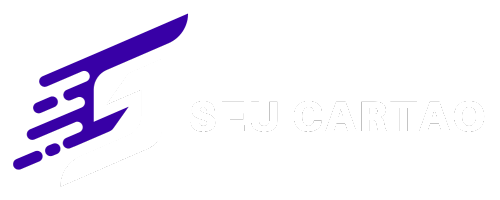Financial organization is a crucial aspect of achieving stability and success in both personal and professional life. Without proper management of income, expenses, and investments, individuals can quickly find themselves overwhelmed by debt, financial stress, and uncertainty about the future.
By developing good financial habits and implementing effective strategies, anyone can take control of their finances, reduce stress, and work toward long-term financial goals.
Understanding Your Financial Situation
The first step toward financial organization is gaining a clear understanding of your current financial situation. This involves evaluating your income sources, listing all expenses, and identifying any outstanding debts. Keeping a detailed record of financial transactions helps to create a realistic picture of where money is going and where adjustments can be made.
Using financial tracking tools, such as budgeting apps or spreadsheets, allows for better visibility and helps identify spending patterns. Once you have a complete overview of your finances, it becomes easier to make informed decisions and plan effectively for the future.
Creating and Maintaining a Budget
A well-structured budget is a powerful tool for financial organization. A budget should outline income and expenses, categorizing them into necessities, discretionary spending, and savings. Establishing a monthly budget ensures that spending aligns with financial goals and prevents unnecessary overspending.
To maintain a successful budget, it is essential to track spending regularly and make adjustments as needed. Sticking to a budget promotes financial discipline and ensures that resources are allocated efficiently, allowing for better financial stability and growth.
Prioritizing Savings and Investments
Saving money should be a top priority in any financial plan. Whether it is for an emergency fund, a future investment, or retirement, setting aside a portion of income ensures financial security. Having an emergency fund prevents reliance on credit cards or loans during unexpected situations, reducing financial strain.
Investing is another key component of financial organization. Diversifying investments in stocks, bonds, real estate, or retirement accounts can lead to long-term financial growth. Understanding different investment options and seeking professional advice can help maximize returns while minimizing risks.
Managing Debt Effectively
Debt can be a major obstacle to financial freedom if not managed properly. Organizing and prioritizing debt repayment is crucial to maintaining financial health. Listing all debts along with their interest rates and minimum payments allows for the creation of a structured repayment plan.
Utilizing strategies such as the snowball method (paying off smaller debts first) or the avalanche method (paying off high-interest debts first) can accelerate debt elimination. Additionally, negotiating better interest rates or consolidating debt through refinancing can provide relief and make repayment more manageable.
Automating Financial Processes
One of the easiest ways to stay organized is by automating financial transactions. Setting up automatic bill payments ensures that due dates are never missed, avoiding late fees and protecting credit scores. Automating savings deposits also helps build a financial cushion without requiring constant manual effort.
By leveraging technology, such as banking apps and financial management tools, individuals can simplify their financial responsibilities and ensure consistency in managing their money effectively.
Eliminating Unnecessary Expenses
Financial organization also involves evaluating spending habits and identifying areas where expenses can be reduced. Small, recurring costs—such as unused subscriptions, impulse purchases, or excessive dining out—can add up over time and hinder financial progress.
Reviewing bank statements and credit card transactions regularly can help pinpoint unnecessary spending. Redirecting these funds toward savings, investments, or debt repayment leads to better financial outcomes in the long run.
Setting Long-Term Financial Goals
Having clear financial goals provides motivation and direction. Whether it is buying a home, starting a business, traveling, or securing a comfortable retirement, setting specific financial targets creates a roadmap for achieving them.
Breaking down long-term goals into smaller, actionable steps makes them more achievable. Regularly reviewing and adjusting financial plans ensures that progress is being made and that financial strategies remain effective as circumstances change.
Conclusion
Financial organization is a powerful tool that enables individuals to take control of their financial future. By understanding current finances, maintaining a budget, prioritizing savings, managing debt effectively, and automating transactions, financial stability can be achieved. The key to success lies in consistency, discipline, and proactive financial planning. With the right mindset and strategies in place, anyone can build a secure and prosperous financial future.






